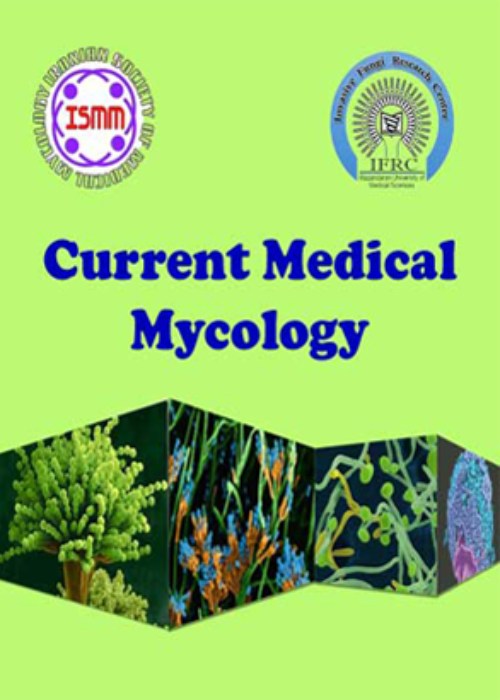Candidemia: Changing dynamics from a tertiary care hospital in North India
Routine identification of Candida species and knowledge of antibiotic susceptibility patterns can prevent diagnostic delays and help clinicians choose appropriate empirical therapies. This study aimed to identify and speciate Candida isolates from bloodstream infections and evaluate their epidemiological profile and antibiotic susceptibility pattern in a tertiary care hospital in North India.
Blood samples were cultured in the Department of Microbiology of a tertiary care hospital from January 2019 to May 2021, and the samples which showed growth of Candida species (spp.) were included in this study.Candida isolates were initially characterized by conventional techniques. Further identification and antifungal susceptibility testing were performed using Vitek 2 compact automated system. Data analysis was performed using the SPSS software (Version 25.0).
Candida spp. were isolated from a total of 116 blood samples, 60.92% of which belonged to males. The majority (43.10%) of isolates were obtained from 0-1-month-old neonates, followed by infants (16.38%) and children in the age range of 1-17 years (16.38%). Only 6.89% of isolates were obtained from adults older than 18 years. Candida tropicalis (26.72%) was the most common species, followed by Candida pelliculosa (19.83%), Candida albicans (17.24%), Candida parapsilosis (14.66%), Candida famata (9.48%), and Candida krusei (9.48%). Other isolated species included Candida lusitaniae, Candida sphaerica, and Candida inconspicua. Out of 116 isolates,101 isolates were subjected to Vitek 2 susceptibility testing. Overall, 21.78% (22/101) of Candida isolates were found to be resistant/intermediate. Among C. albicans isolates,resistance was observed only against voriconazole (20%) and fluconazole (5%); however, among non- albicans Candida species (NAC), resistance was observed against flucytosine (16.04%), followed by fluconazole (14.81%), voriconazole (3.70%), and caspofungin (3.70%).
Non-albicans Candida spp. predominated over Candida albicans in causing bloodstream infections and were found to be more resistant to antifungals.Continuous surveillance is necessary to monitor changes in epidemiological and resistance patterns.
- حق عضویت دریافتی صرف حمایت از نشریات عضو و نگهداری، تکمیل و توسعه مگیران میشود.
- پرداخت حق اشتراک و دانلود مقالات اجازه بازنشر آن در سایر رسانههای چاپی و دیجیتال را به کاربر نمیدهد.


